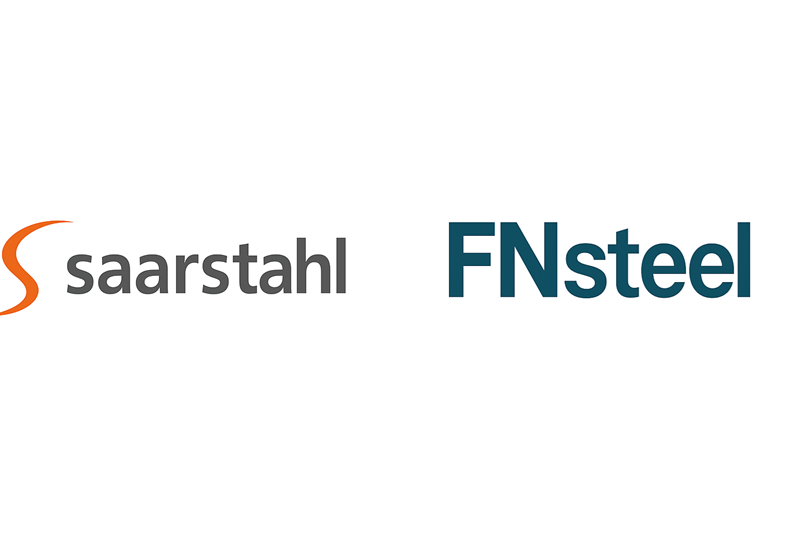Dr. Henrik Adam, President of the European Steel Association (EUROFER), stated:
“The continuation of the US’s 50% steel tariffs is unacceptable. Since we have lost our main export market, the European market is now flooded with steel that the US cannot absorb. The lack of a joint and effective trade approach between the EU and the US deeply disappoints us. This oversupply is destroying our value chains, undermining our industrial resilience, defense capabilities, and green transition efforts.”
Dr. Adam also emphasized that while the US is pursuing a strong industrial strategy regardless of political leadership, the EU is falling behind.
“The Steel and Metals Action Plan has yet to yield concrete results. The recent EU steel safeguard review has had a weak impact due to low demand levels and the devastating effects of US tariffs,” he added.
The US steel industry, benefiting from low energy costs, environmentally friendly subsidies, strong trade protections, and the reimposed 50% tariffs, has increased its competitiveness against imports and invested in 8–9 million tons of new capacity. With the commissioning of newly built production lines, capacity utilization in the US is expected to rise. In contrast, the EU lost 10 million tons of capacity in 2024 alone the largest annual closure in history. Prior to the tariffs, the EU was the third-largest steel exporter to the US, after Canada and Brazil, with approximately 4 million tons of exports.
The EU’s policy responses continue to fall short. The Affordable Energy Action Plan and the Temporary Crisis and Transition Framework have failed to provide adequate energy price relief for energy-intensive sectors. Structural issues in the EU’s electricity market design also remain unresolved.
Key initiatives under the Steel and Metals Action Plan are expected to be implemented later in the year. A new and “highly effective” safeguard measure is expected to replace the current trade protection in September, while gaps in the Carbon Border Adjustment Mechanism (CBAM) are planned to be addressed in December.
Dr. Adam concluded:
“There is still no concrete, game-changing step for the steel industry in Europe. Unless core measures such as trade policy and CBAM are treated as seriously as energy prices, further capacity closures, job losses, and halted decarbonization projects will be inevitable. In such a scenario, it won't be just EU steel producers who lose Europe’s climate goals will also be severely undermined.”









Comments
No comment yet.